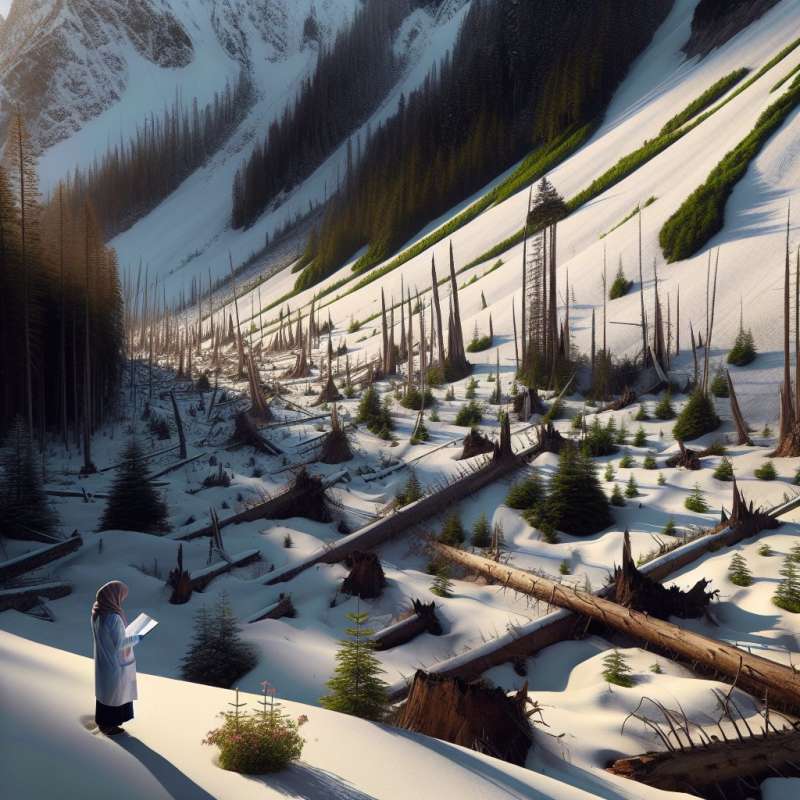
Introduction to Alpine Snow
Snow defines alpine ecosystems, shaping climate, hydrology, and ecology. The unique characteristics of snow influence the survival and distribution of alpine species.
Snow's Insulation Effect
Snow acts as an insulator, maintaining soil temperatures above freezing, protecting roots and microorganisms from extreme cold, thus preserving biodiversity beneath the surface.
Hydrology and Snowmelt
Snowmelt is crucial for alpine water supplies. Seasonal melt patterns dictate the availability of water for plants and animals, and influence downstream river ecosystems.
Avalanches Reshape Landscapes
Avalanches, driven by snow accumulation, disturb alpine environments. They create a mosaic of habitats by clearing old growth, thus promoting biodiversity through succession.
Snow Affects Plant Strategies
Plants have evolved to cope with heavy snow. Some grow antifreeze proteins to survive under snowpack, while others develop sturdy structures to resist snow's weight.
Climate Change Implications
Climate change alters snow patterns, affecting alpine species' lifecycles. Shifts in snowfall and melt timings can lead to mismatches between plant flowering and pollinator activity.
Snow and Carbon Sequestration
Surprisingly, alpine snowpacks can influence carbon sequestration. Snow-covered soils may slow down decomposition, reducing CO2 emissions and affecting global carbon cycles.Snow's Pink Glow
High-altitude snow can turn pink due to algae, which also accelerates melting by absorbing more sunlight.
What defines alpine ecosystems primarily?
Mountainous topography
Local wildlife populations
Snow characteristics
Company